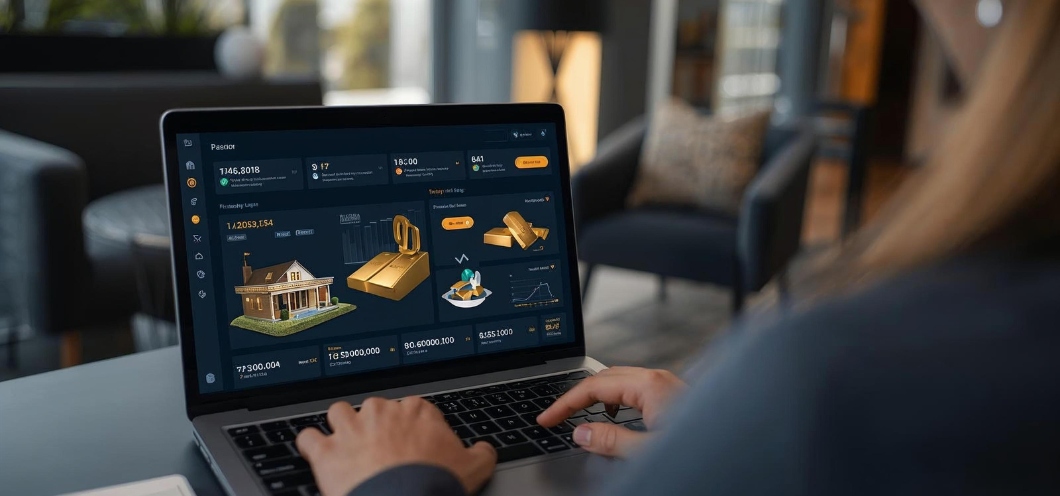Retail
How Retailers Are Reducing Fulfillment Costs Without Compromising Speed

Fast delivery has become the new normal in retail. Customers expect quick shipping, real-time tracking, and smooth order experiences—and they expect all of it without extra fees. For retailers, this creates a challenging balancing act: how do you reduce fulfillment costs while still delivering at top speed?
The good news is that modern technology, improved processes, and smarter decision-making are helping retailers find that balance. Here’s how forward-thinking brands are doing it—without sacrificing the customer experience.
Also Read: How Digital Tools Are Levelling the Playing Field for First-Time Entrepreneurs
Smarter Inventory Placement Across Multiple Locations
One of the biggest drivers of high fulfillment costs is distance. The farther the warehouse is from the customer, the more expensive and slower the delivery becomes.
Many retailers are now spreading inventory across:
- Regional fulfillment centers
- Urban micro-fulfillment hubs
- Stores acting as mini-warehouses
By stocking products closer to major customer clusters, retailers are cutting last-mile costs while speeding up delivery times. It’s a win-win.
Using Automation to Reduce Labor Costs
Labor is one of the highest expenses in fulfillment. Automated tools—like sorting machines, pick-to-light systems, and smart robotics—don’t replace workers but help them work faster and with fewer errors.
Retailers that adopt automation often see:
- Faster order picking
- Lower workforce strain
- Reduced manual mistakes
- More orders fulfilled per hour
These improvements cut operational expenses without slowing down throughput.
Improved Forecasting for Better Stock Accuracy
Stockouts and overstocks are silent killers of fulfillment efficiency. When retailers misjudge demand, they end up spending more on emergency shipping, excess warehousing, or redistribution.
Advanced forecasting tools use data from sales trends, weather patterns, promotions, and seasonality to create more accurate demand plans. This helps retailers stock the right products in the right places, reducing unnecessary transportation and storage costs.
Optimizing Packaging to Save Money and Time
Oversized packaging leads to wasted space and unnecessary shipping fees. Retailers are now shifting to:
- Right-sized packaging
- Recyclable lightweight materials
- Smarter packing algorithms
Not only does this reduce shipping costs, but it also speeds up packing and improves sustainability.
Leveraging Carrier Mix for Cost Flexibility
Instead of relying on a single carrier, retailers are now working with multiple partners—regional couriers, crowdsourced delivery services, and national carriers. This gives them the flexibility to choose the best option for cost, distance, and delivery speed.
Final Thoughts
Reducing fulfillment costs no longer means slowing down deliveries or compromising on customer expectations. By combining smarter technology, better planning, and efficient operational strategies, retailers can achieve both speed and savings.
Today’s most successful retailers are those who view fulfillment not as a cost center but as a competitive advantage—and they invest accordingly.
Tags:
Retail InnovationRetail TechnologyAuthor - Vaishnavi K V
She is an exceptionally self-motivated person with more than 3 years of expertise in producing news stories, blogs, and content marketing pieces. She uses strong language and an accurate and flexible writing style. She is passionate about learning new subjects, has a talent for creating original material, and has the ability to produce polished and appealing writing for diverse clients.



